dye material: plant ( evergreen vine)
yellow I green
You have probably seen this well-known wall climber around in your neighborhood. Ivy is an evergreen woody vine plant that is native to Europe and large parts of Asia. The plant grows very quickly by crawling its way up with its areal roots. It is often used as decoration of brick houses or on garden fences.
The plant is featured in numerous ancient myths. Some legends suggest that its vines were devoted to Osiris, the ancient Egyptian goddess of motherhood. In Greek mythology, the story goes that Dionysus, the god of wine and pleasure, wore the leaves around his head because it was believed the leaves prevented drunkenness. Additionally, the plant held significance in Greek myths as it was said to grow on the altar of Hymenaios, the god of marriage. Therefore Ivy was often gifted to newlyweds as a symbol of devotion, faithfulness, and loyalty.
The medicinal use of ivy is well documented. When made into a paste, the plant proves effective in treating sunburn, lice, and scabies. Furthermore, the leaves were utilized to brew tea, used for the treatment of conditions such as bronchitis, arthritis, rheumatism, and dysentery.
As a dye, the leaves can be used to make black, green, and yellow dyes with different mordants and modifying techniques.
Note: English ivy can be invasive in some regions. If you are planting it outdoors, be aware of local regulations regarding its cultivation to prevent it from spreading into natural areas.
planting period
april- may, or september
harvest period
spring-early fall
soil
ideal pH 6-7
(tolerates a wide range of soilconditions)
sun
partial to full shade
(tolerates sun)
water
keep the soil evenly moist during the establishment period(1st year)
After the Ivy needs minimal watering yet should be supported during dry spells.
planting
15-30 cm apart
Starting with seedlings is generally advised. Dig a hole slightly deeper and larger than the ivy´s rootball, allowing its top to sit in level with or slightly above the soil surface. Carefully remove the plant from its container and place the root ball in the hole. Fill the remaining space with soil and firm it gently around the plant. Water the area thoroughly to settle the soil around the roots. Alternatively you can also plant from bare roots or seeds.
English ivy generally requires minimal care. Keep an eye out for pests or diseases and take appropriate measures to address occuring issues.
support structures: If you want the english ivy to climb; install a trelli, wire frame, or other suitable structure for the ivy to attach and climb.
pruning: As the ivy grows,you might want to prune it regularly to prevent it from becoming overly invasive. Trim back any excessive growth into its desired shape and remove dead or damaged leaves.
plant harvestUse clean pruning shears to trim individual leaves or stems of the desired length. Making a clean cut just below a leaf node. Avoid overharvesting to preserve the Ivy´s health.
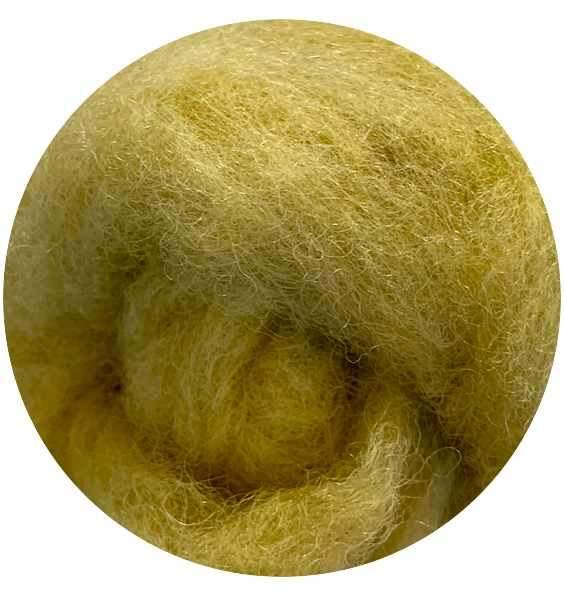
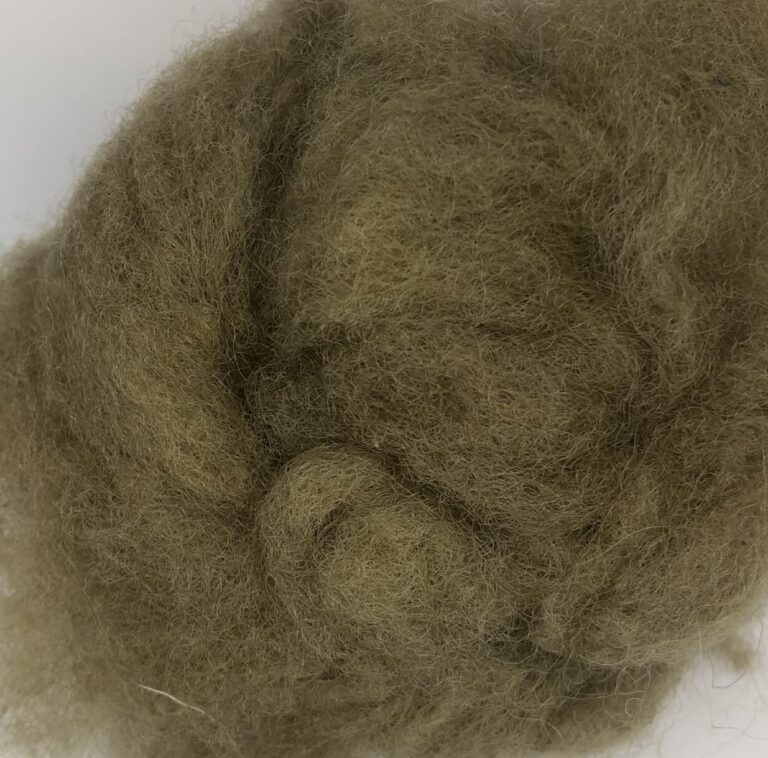
2nd dye cycle
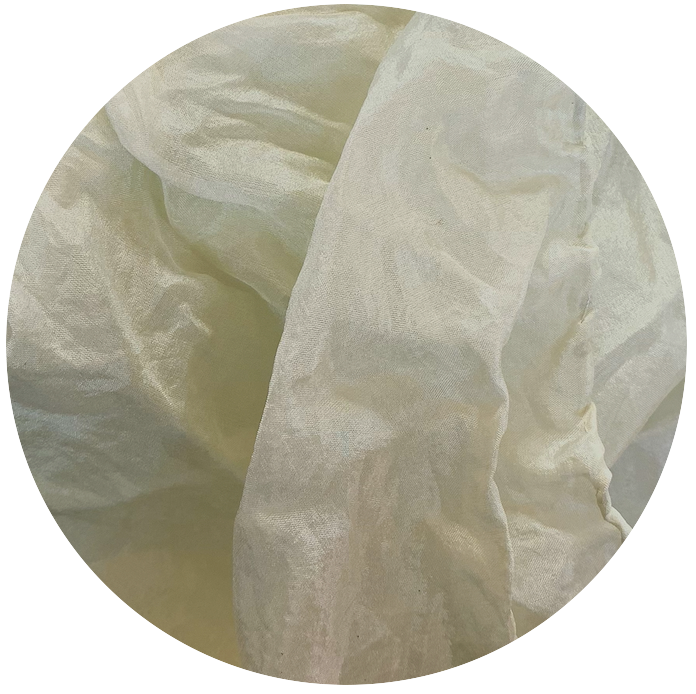
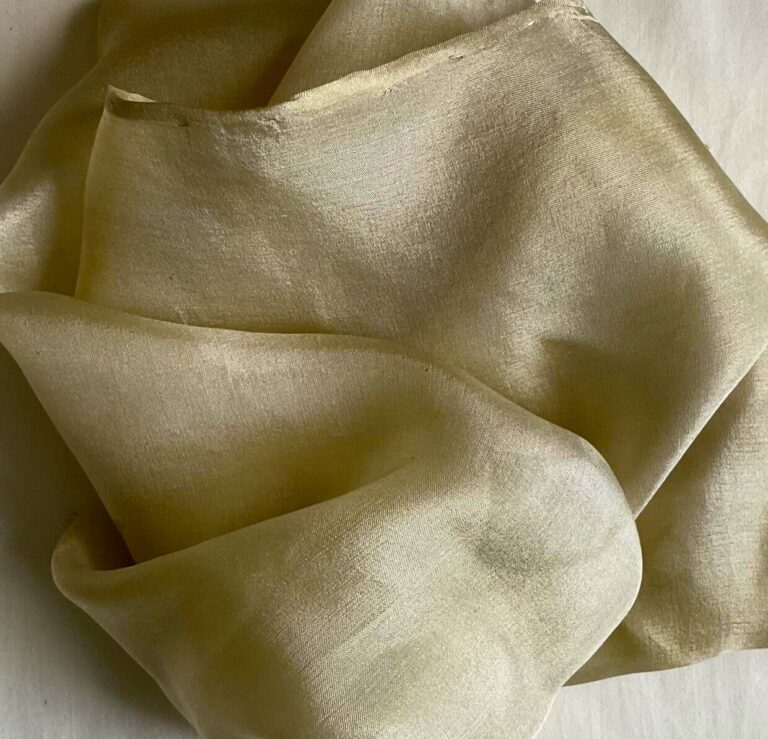
2nd dye cycle
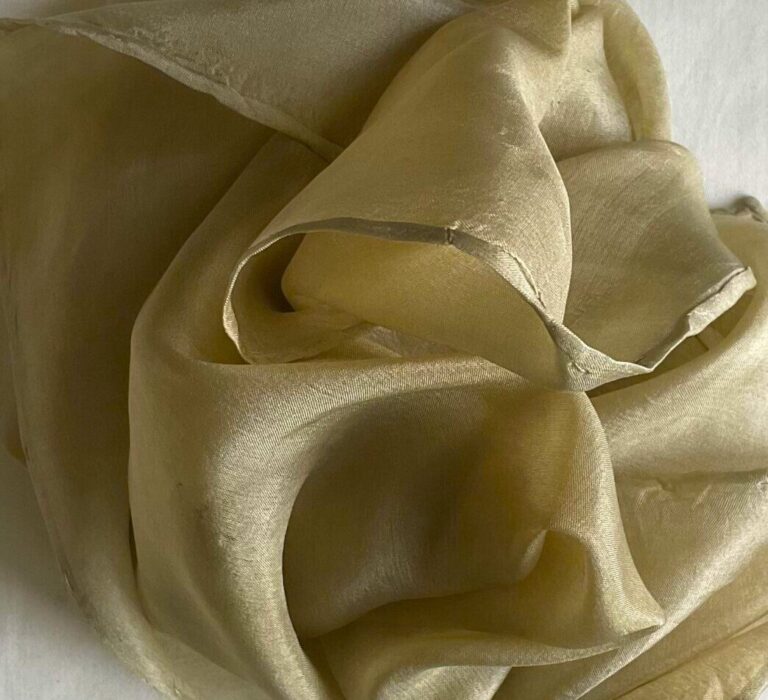
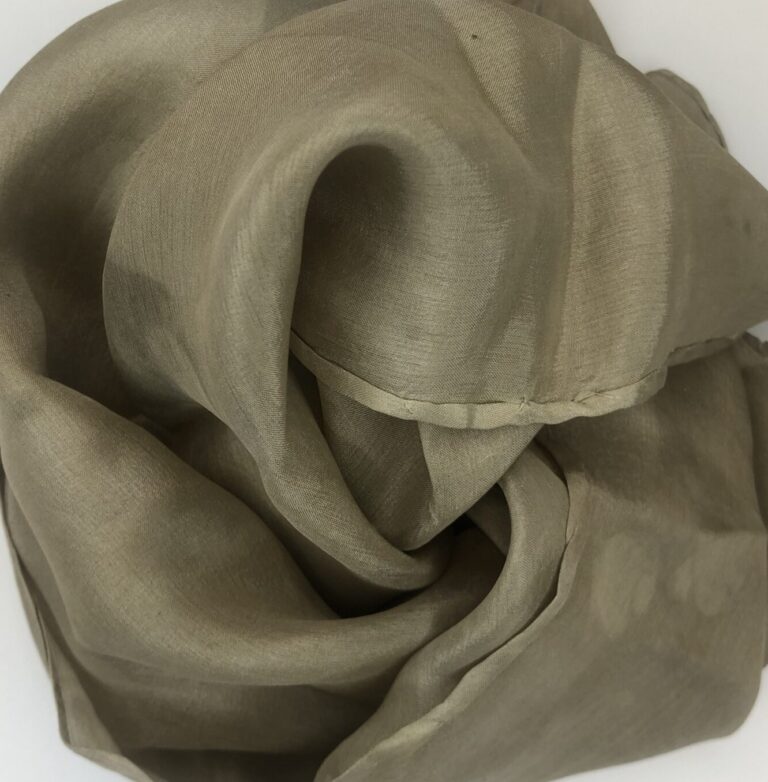
2nd dye cycle
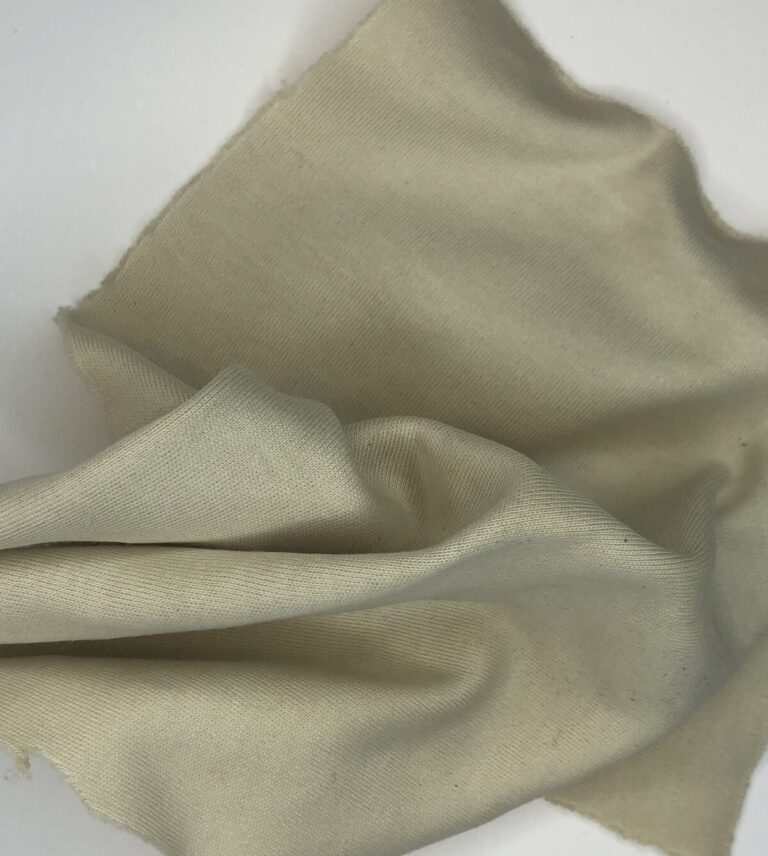
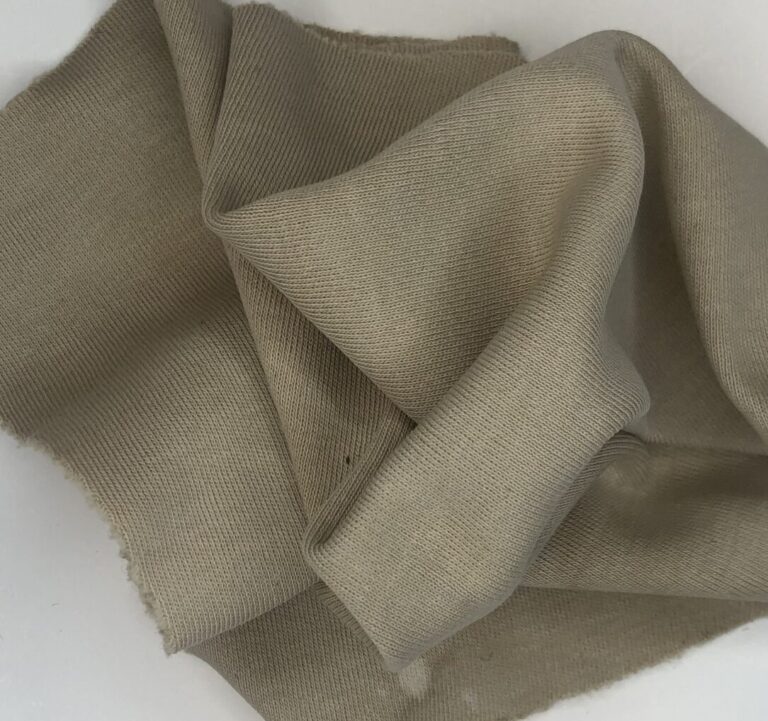
2nd dye cycle